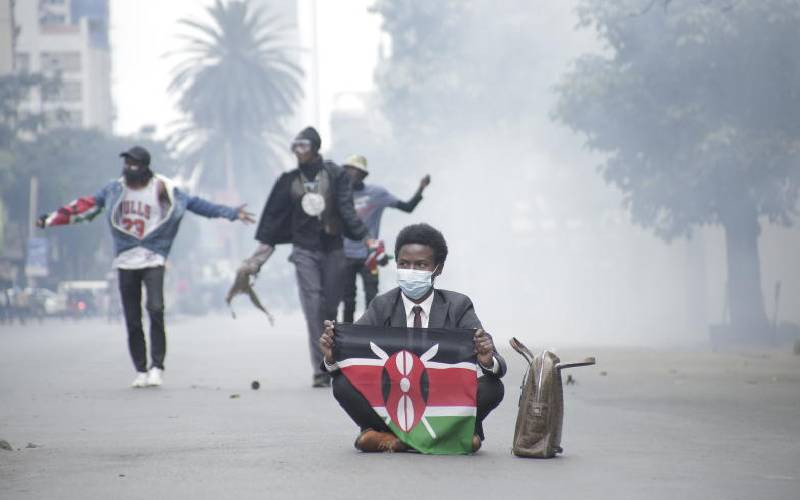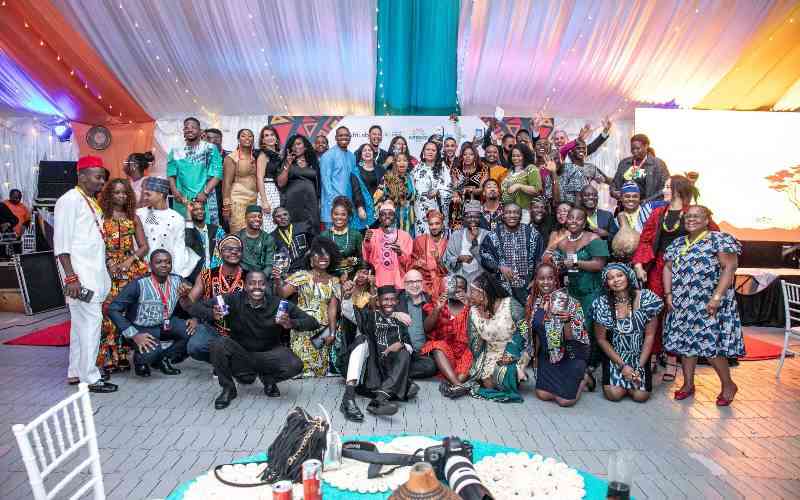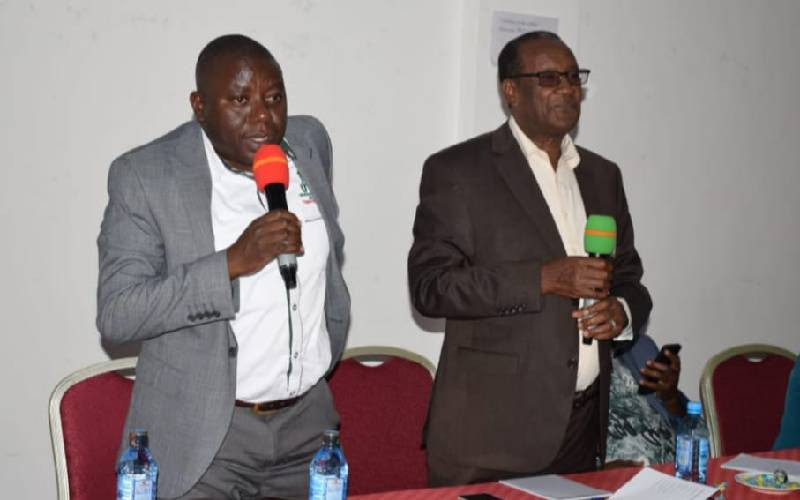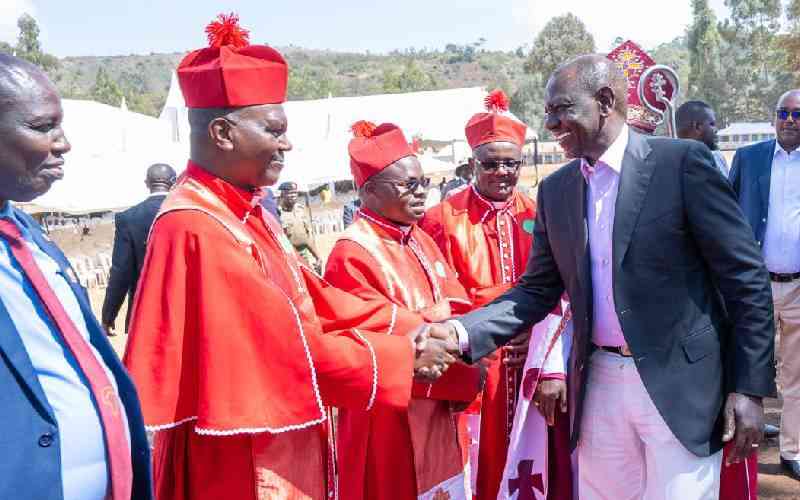
Claim that Gen Zs are tribeless has stirred a lot of interest because of its political and cultural significance. From a political perspective, the assertion that Gen Zs are tribeless has caused a stir because we live in a society where political interests are pursued by mobilising fellow tribesmen and ethnic cousins.
By forming coalitions on the basis of shared liberal values, Gen Zs have forced panicked tribal kingpins back to the drawing board at a critical moment in our election cycle.
The cultural significance of the assertion is equally revolutionary in a country where ethnicity is central to peoples’ identity and sense of belonging. The idea of a tribeless generation is not only intriguing because it threatens tribal identities, it contradicts conventional wisdom that ethnicity is passed down through a tribal DNAs.
Given the cultural and political significance of the Gen Z revolution and the fact that Kenya seems to be in the throes of a generational transition period, it is time to sit back and take stock of how we got to this moment. A pertinent question is whether it is possible to have a tribeless generation and what it portends for our political culture.
Claims that tribes sharing the same language, territory and culture must be blood relatives were a product of myths that were used to explain the origins of a community in a non-scientific age. Examples of popular myths include stories of how the Kamba were created by Mulungu and the Kikuyu by the god of Mount Kenya.
While myths of origin helped to explain questions of origin in the non-scientific age, it is no longer tenable in the modern age to claim that the white stuff on top of Mount Kenya is the seat of god or that a community emerged from an anthill.
The operating theory in the age of science is that identities are constructed as people interact in a changing environment. Not only does the shift in perspective help to explain the birth of a tribeless generation, it provides the rationale for new political dispensation.
So how did we get here? According to studies by various historians, pre-colonial Kenya was occupied by a mixture of different communities moving and assimilating under the pressures of food shortages, war, population growth and diseases such that community identities were constantly changing.
Examples of communities that were a product of such group interactions are the Dholuo whose 53 constituent clans evolved from interactions between plains and highland Nilotes while the Kikuyu community is a hybrid of Gumba, Maasai, Athi and Ogiek communities. Other highly hybridised communities are Kalenjin, Maasai, Samburu, Meru, Akamba, Abagusii, Abakuria, Oromo, Somalis, Taitas and Mijikenda.
When Kenya became a protectorate, identities acquired a territorial dimension due to colonial policies that restricted communities to regional administrative blocks. Thanks to colonial restrictions, ethnic groups became so closely associated with a region that Kenyans today can tell someone’s tribe merely by knowing where the person comes from.
Another legacy of colonial policy was witnessed in the city of Nairobi where restriction of Africans to various estates in Eastlands birthed urbanised elite. One of the distinctive cultural features of these elite was an urban slang called sheng. For children growing up in places like Jeru, Baha, Shauri and Ololo, ability to speak sheng is what separated a Charlie from the hood from local yokels from the village
As Africans started competing for leadership positions, political interest became the next driver of ethnic coalescing. Examples of tribes that formed for political reasons are the Luhya and Kalenjins who sought to leverage shared regional and linguistic factors to gain political muscle. Latest attempt to create an alliance of Gema communities and their cousins is a continuation of political construction of Kenyan identities.
Birth of a tribeless youthful cohort is consistent with Kenyans long history of ethnic construction. According to a 2016 research by the Agha Khan East African Institute, emergence of a detribalised Gen Zs can be attributed to various factors such as urbanisation, better education and increased exposure to global influences through the digital space.
Given the history of tribal politics in Kenya, generational change of identities has naturally disrupts the dynamics of identity politics. The rise of a tribeless generation validates the liberal view that human beings are continuously evolving and changing as they interact with the environment. For this reason, governments of the people, by the people and for the people must henceforth provide ample freedoms to enable citizens to grow and actualise to their full potentials.
On the polarising question of how to equitably allocate resources, the primary debate in the era of tribeless generation should be centered on whether to rely on the visible hand of the government or the invisible hand of the market. Both ideological positions have their strengths and weaknesses and peoples’ choice should be determined on the basis of which system respects individual freedoms better.
Stay informed. Subscribe to our newsletter







